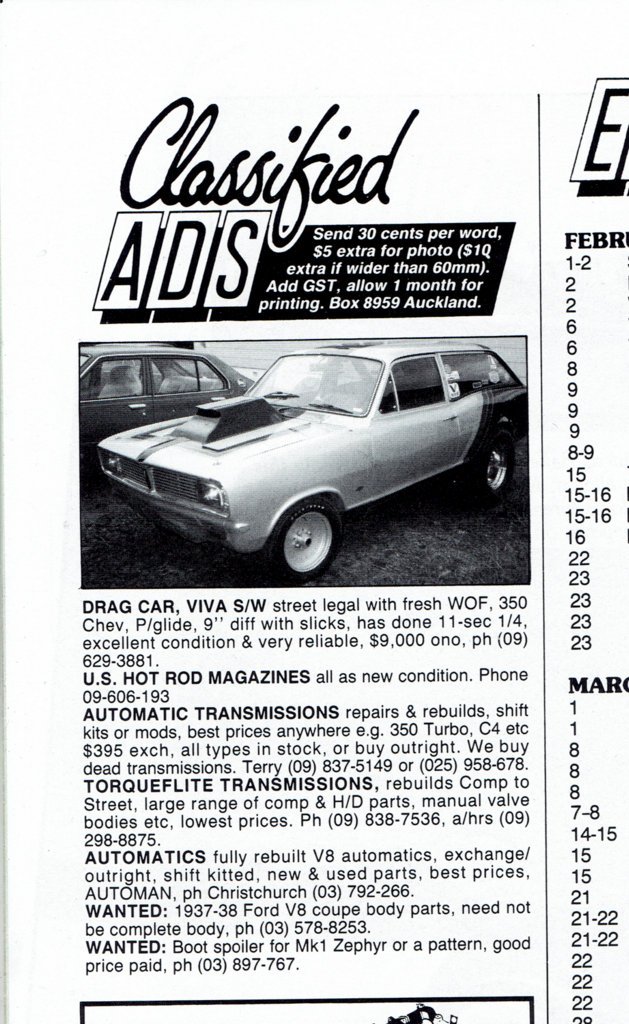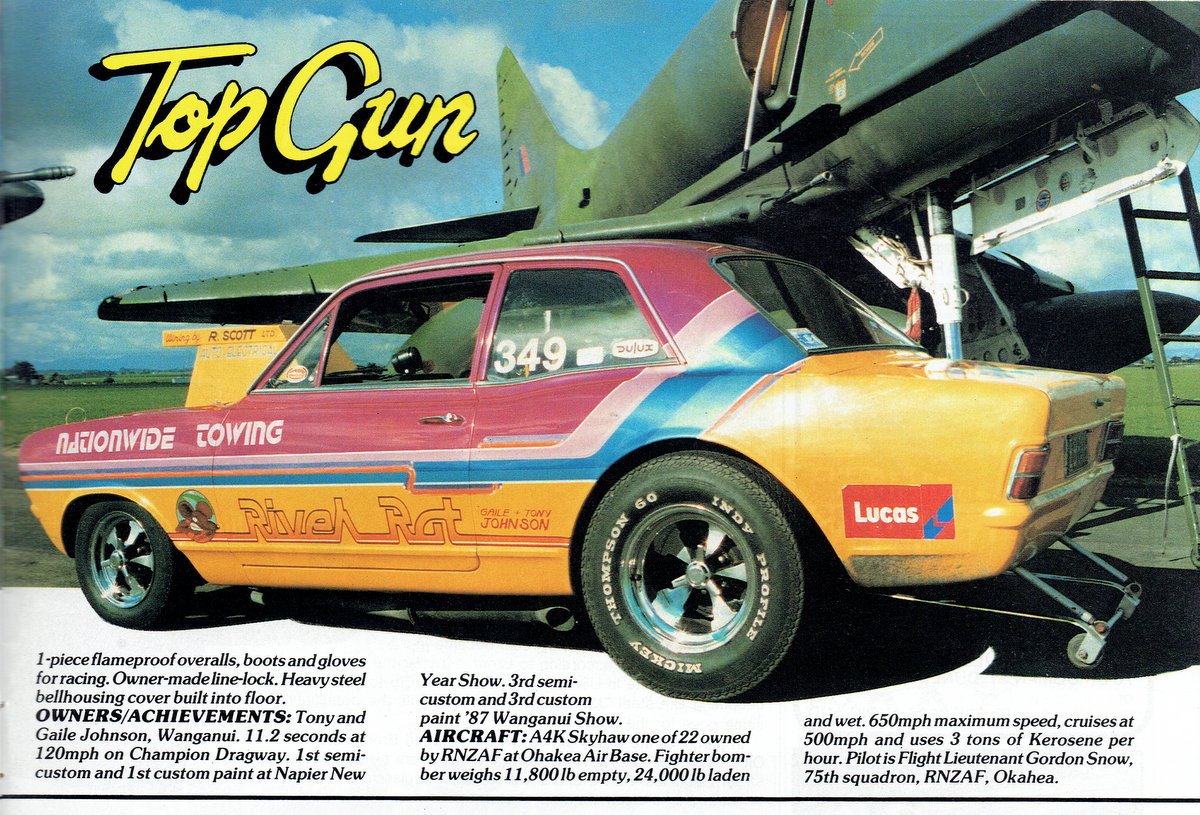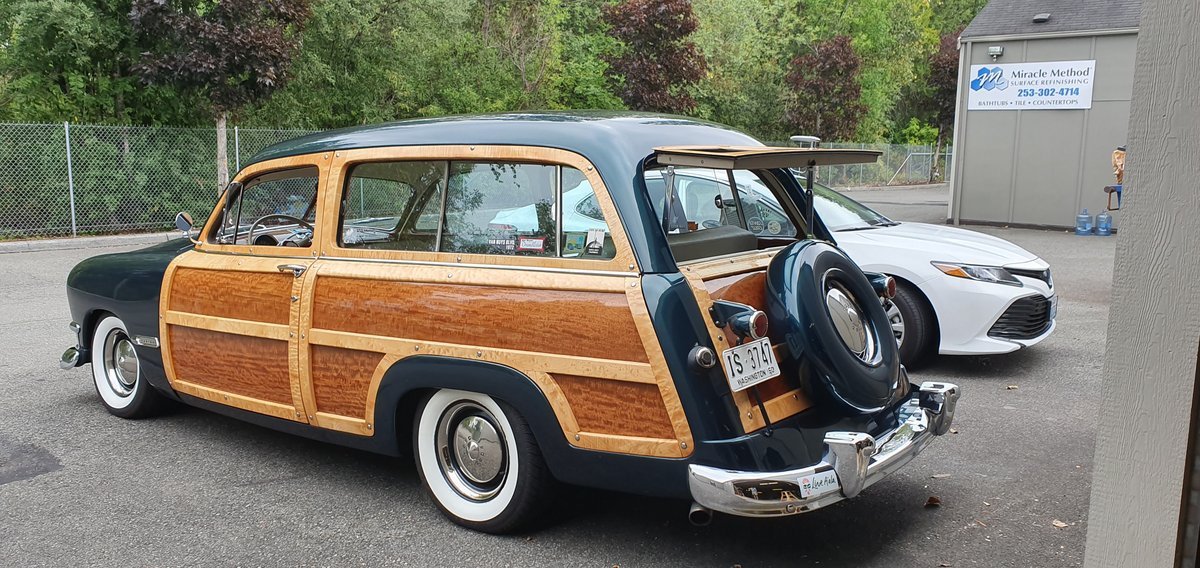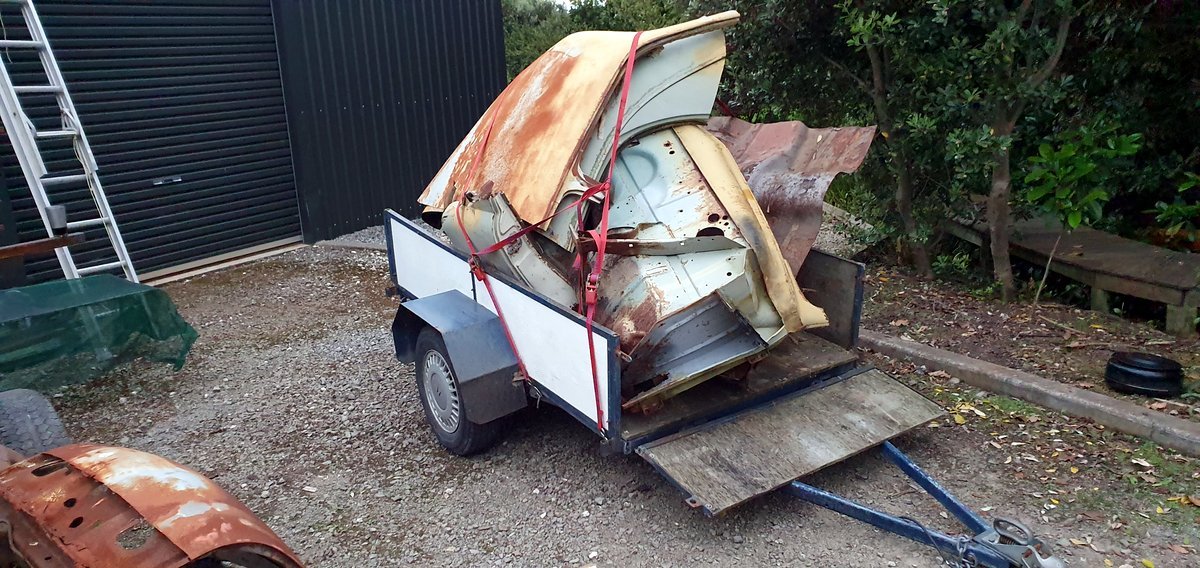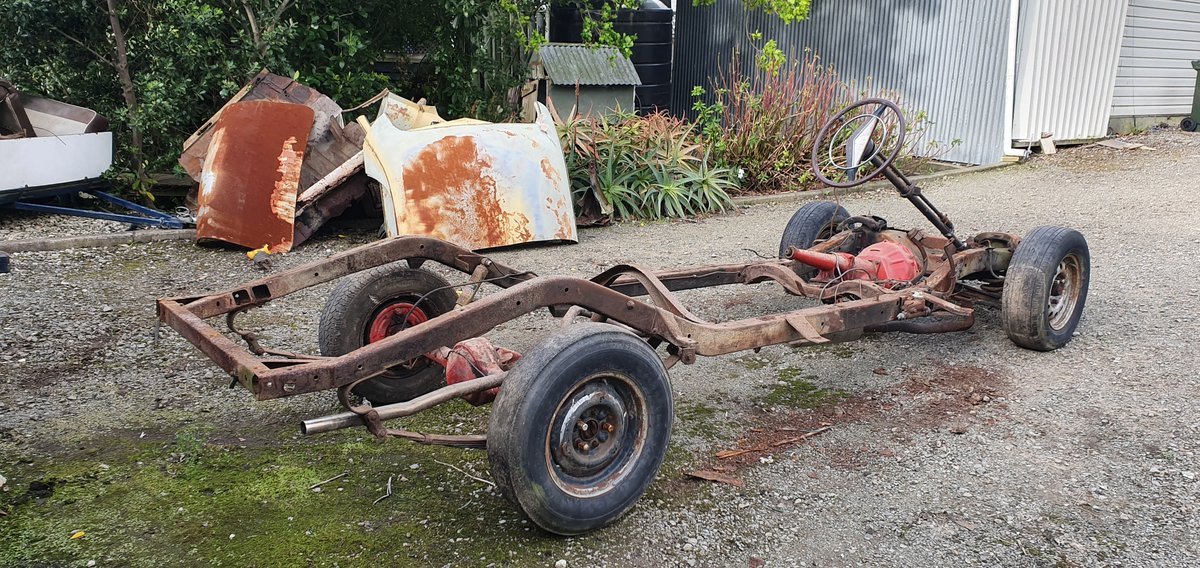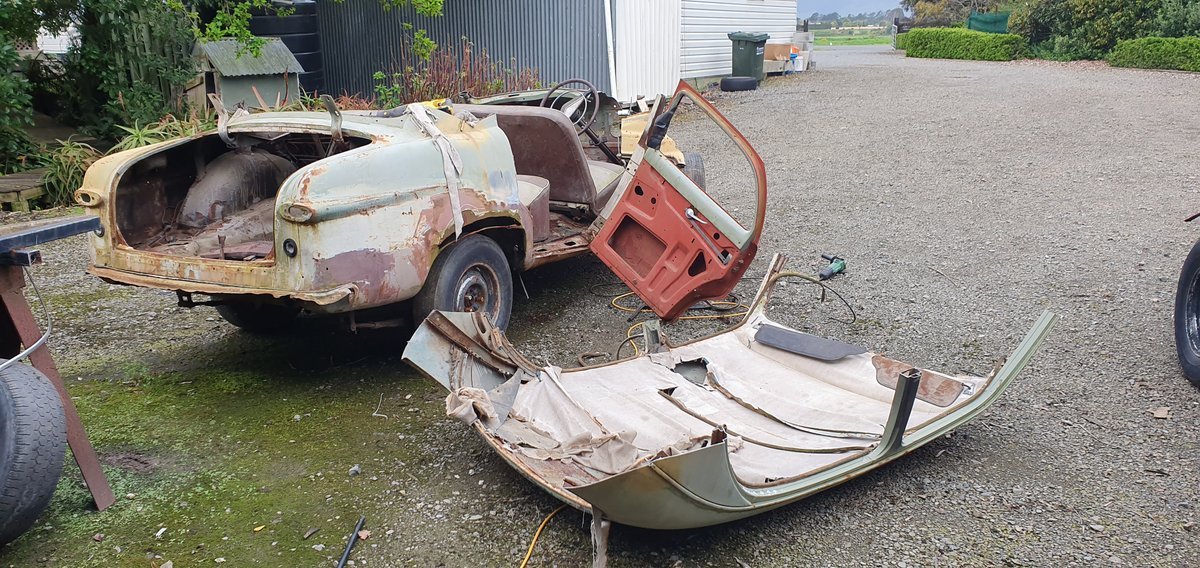-
Posts
33895 -
Joined
-
Last visited
-
Days Won
314
Everything posted by Nominal
-
That's some serious stretch!
-
I had a sheet of 1mm delivered from steel and tube before lockdown. Sheet itself was $65. Could carve a chunk off for you if you like. Last time I bought cut bits it was electrogalv from Kia Ora Sheet Metal on Adelaide Rd. I think they sold that site though. Not sure if this is the same company? https://www.kiaorametalindustriesltd.com/ @grunta or @Steelies might know. There's probably a sheet metal trade shop somewhere in Porirua.
-
https://www.jalopyjournal.com/forum/threads/small-alternator.1030564/
-
There some pics of it being done in @piazzanoob's Gal thread (pg3). Looks like a ballache.
-
Remember that 4AGE are 20 years old nowadays.
-
-
Pretty much nope. It's private information now.
-
-
Good point. I recall being surprised with those pics were first linked. Seems odd that the standards would be different for entry/in-service though
-
Quite a bit... https://vehicleinspection.nzta.govt.nz/virms/entry-certification/reference-materials/eg-structural-damage-corrosion/under-body-damage-crushing-of-floor-pan-stiffening-members
-
So, this car needs a lot of wood. Henry Ford bought ~300,000 acres of timber land in the Upper Peninsula of Michigan and built a town, sawmill and hydro plant. The wood was used in Model T's and later Ford cars right up to the end of real Woodie production in 1951. Here's a history snippet: After WWII station wagon building resumed at Iron Mountain and all of the Ford and Mercury staAfter ttion wagons and Sportsmen convertibles were built here. The station wagons were four-door and lasted until the new 1949 model which was only available as a two-door. With the introduction of the "New Generation" Ford, the amount of timber used in the station wagons was cut around 85 percent. No structural wood was required as the wagon bodies were steel structured with mahogany-skinned panel work and maple framing. Mercury also used the same body for their wagon but the doors were cleverly restyled to flow into the wider front sheet metal of the Mercury. The new design was the work of E.T. "Bob" Gregorie and his team at Ford. The steel body structures were built in Detroit and then shipped by rail to Iron Mountain. Here the wood panels were installed and the bodies were painted. The work required a lot of hand assembly to make the doors and side panels fit cleanly. The panels for these New-Generation wagons were assembled using advanced fabrication methods with one of the first microwave curing processes. Some section framings were created out of six loose layers of ash with a two layer overlay of maple. The door and side panels were then formed in a press using loose wood-plys topped with a thin layer of Honduran mahogany. This jig-formed panel was then put into a micro-wave bonding oven under pressure. At the time, this process was referred to as "radio frequency bonding." The new process cured the panel in five minutes rather than the 48 hours it normally took! Once the bodies were completed they were shipped out by rail to assembly plants around the country. The final run of Ford's "wood" Station Wagons looked somewhat similar from 1949 to 1951; however, there were many small differences in the wagons. These were the years of the "single and twin-spinner" Fords and in 1950 there was an attempt to lower the production costs when Ford dropped the wood graining on the tailgate and replaced it with a painted tailgate. The rear quarter windows were eliminated, the interior trimming was changed, with wood-grained Masonite door panels and a painted dash board replacing the wood graining. Other running changes were made with some items re-introduced and then dropped again on the 1951 model. As so many minor changes were made to this series of station wagons, restorers have a hard time determining exactly what a correct year model should or should not have. Around October 1950, the mahogany paneling on the station wagons was replaced with Di-Noc plastic vinyl sheeting bonded to steel panels. Chrysler had been using this trimming idea on their Town and Countrys since 1948. Chrysler dropped Di-Noc and converted over to body color panels and wood framing in mid-1949. Ford continued building the Ford and Mercury station wagons at the Iron Mountain plant until December 1951, when the plant was closed and 3,500 workers were laid off. To take up the loss of production of Ford and Mercury station wagons, production was moved to Mitchell-Bentley in Ionia, Michigan. While in the USA for work last year (we won't be back there for a while I suppose) we visited Rick Mack. He's probably the best supplier of this type of wood. As noted above, the frames were laminated in the original ford design. This because there is a lot of curve in the pieces as the come up over the upper parts of the door 'skin'. If they were bandsawed out from a timber blank then the grain would weaken the structure. Rick doesn't use a microwave bonding but laminates the wood strips into forms using a press. Pic below is Rick's personal woodie. End result of the visit was an order for a full wood set. :
- 100 replies
-
- 33
-

-
This guy in NZ does some nice work and provides plenty of pics with captions on how it is done https://www.facebook.com/pg/Streetneat-LTD-236013136430931/photos/?tab=albums
-
Looks to me like the bottom of the outer skin is probably toast right along the door, so plan on cutting that off and then repairing the inner structure. You might get away with just doing the outer corners if you are lucky. Further up the door is probably OK so just leave the filler there for now. It's probably hiding a dent or just a skim for shape as Spenno said. It's tricky to keep the outer skin in shape when welding so you'll probably need some new filler anyway.
-
Date of first reg in New Zealand will be when you do, i.e. after 1 April 2002 so this is the relevant table. If it was manufactured pre- 31 October 1979 it is only required to have static lap/diagonal in the front outer positions.
-
Seatbelt rules depend on year manufacture and date of first rego in NZ. See here, table 7-5-3 https://vehicleinspection.nzta.govt.nz/virms/in-service-wof-and-cof/general/vehicle-interior/seatbelts-and-seatbelt-anchorages Assuming this is pre-79 then you only need static lap/diagonal in front, nothing in the back. If you keep the OE belts and they are good condition you should be fine.
-
Welded in place and cleaned up Bolted my 'bracing' back into place to check fit. This is a bit speculative as the pillar wasn't all that solid when I started. Best guess until I can get the door back on. Made a cover patch for the hinge side and tacked it in Welded that in then made this 'door simulator' using a couple of the old junk hinge parts and a hunk of Holden (IIRC) driveshaft so give me some idea of where the lower hinge mounts should go
- 100 replies
-
- 31
-

-
Next area of attach was the A-pillar on the drivers side. Cut out the upper hinge side for a start There is a reinforcing plate inside that carries the threaded plates for the hinge so replicated that. And welded it into the pillar, after cutting some more rust out. New bit for this side
- 100 replies
-
- 13
-

-
The intake length doesn't seem excessive. Just tell people it's ram-tuned....
-
Depends on how rooted it is. Leaving the mechanical side alone for now.
-
I was going to keep this rear section for a 'one day' (/never) couch build but after advertising the seats on FB, @Cbomb came down and took most of the 4-door parts away. The rest of the shell went to scrap, although I heard later that some local whanau cherry picked some bits to be used in an art project of some sort. Also, the owner of the chassis needed some cash after buying too many motorcycles, so I ended up buying it so it's still sitting in the driveway. It's RHD, but might be useful for some parts or to use as a temporary body support (although I suspect the woodie chassis may be different in some way)
- 100 replies
-
- 19
-

-
I got offered a 1951 Ford body shell for 'free' if I removed it from the rolling chassis. I was in pretty haggard shape, and past any restoration. Unfortunately the front panel were long gone. Apparently it had been in a field near Levin for quite a while. Anyway, paid some $$ to have it delivered from Levin. And attacked it with a sabre saw.... Main things collected where a much better set of door hinges, the rusty one in front is from the woodies and is pretty rooted. And this RHS A-pillar cut. I plan to graft this into the woodie shell as the existing one is pretty much missing.
- 100 replies
-
- 22
-

-
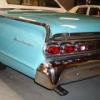
Discuss here about Yoeddynz's little Imp project...
Nominal replied to yoeddynz's topic in Project Discussion
-
Yep, looks good to me. Good idea to start on the easy bits first




